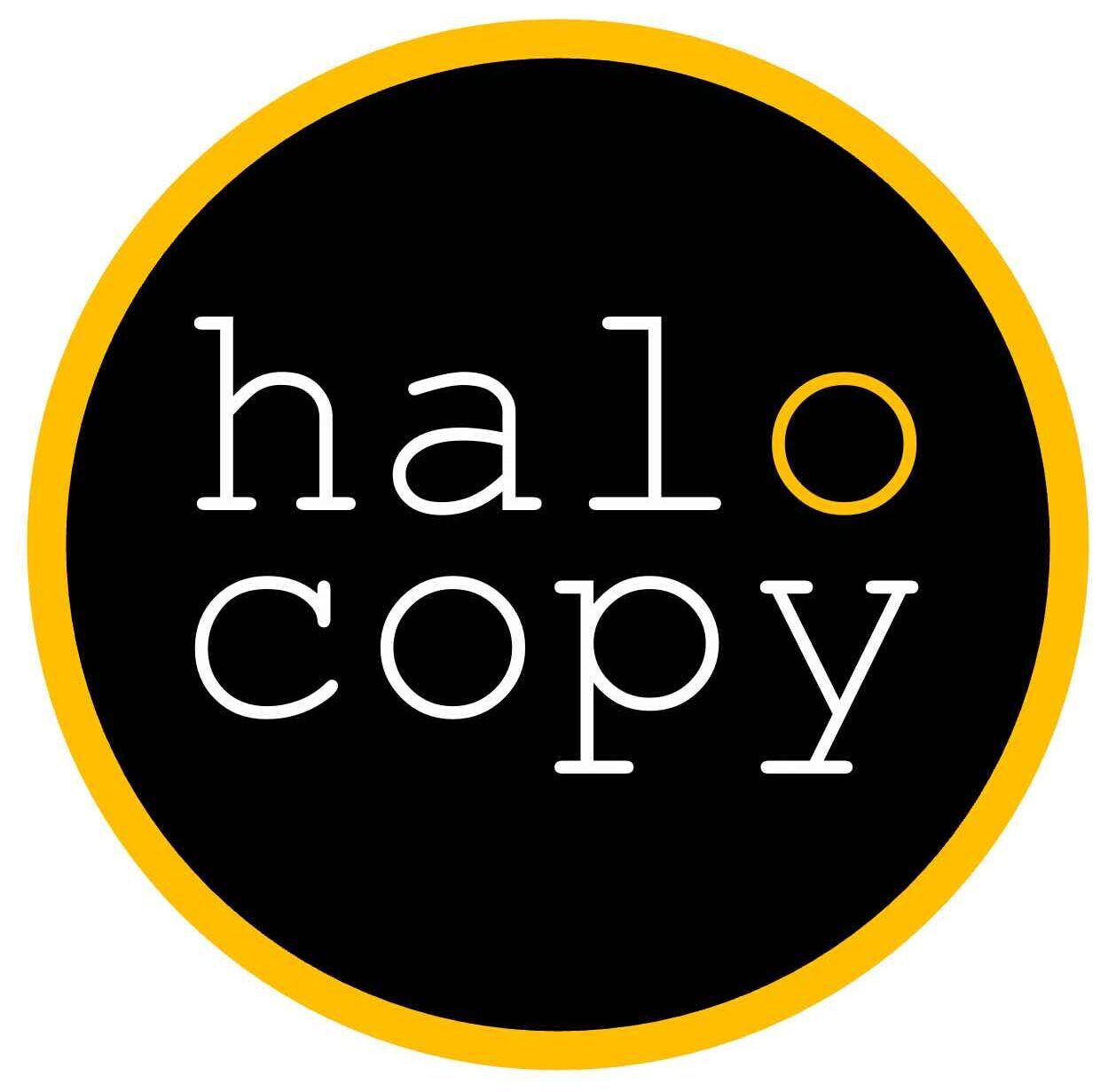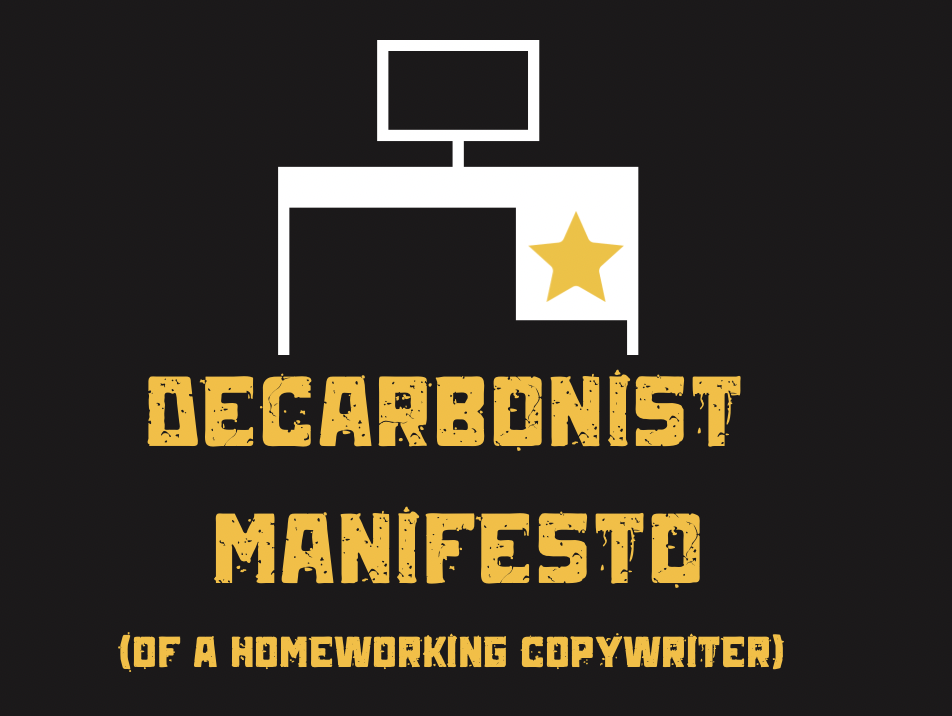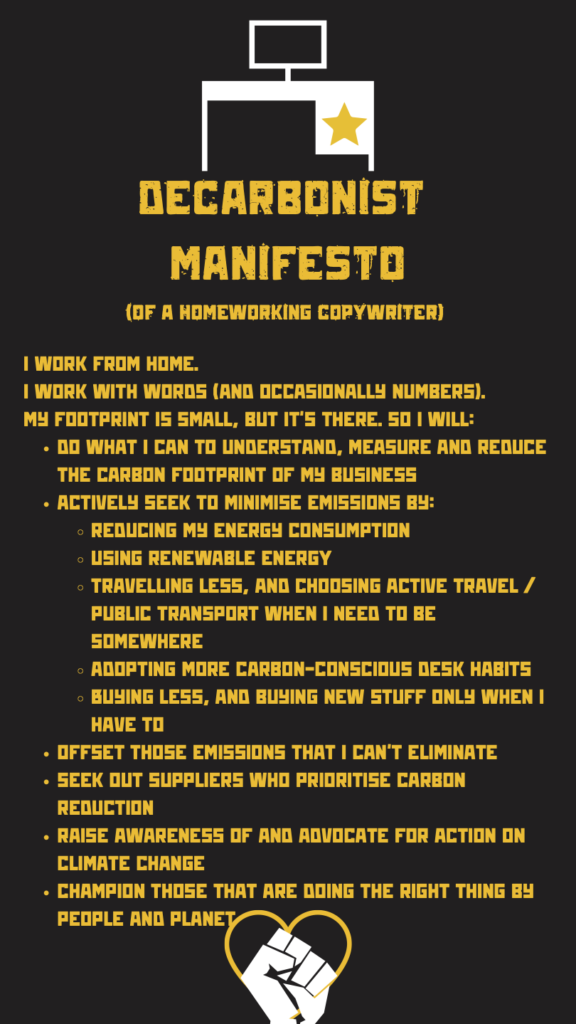The idea of a climate shadow has only recently come onto my radar (again, thank you carbon literacy training).
And it’s one that I found instantly compelling. It recognises that the climate impact of a person is bigger than a measurable footprint. Choices all through our lives might not be directly carbon accountable, but they no doubt contribute to our overall impact. These things include: how many kids we have, where we work, where we invest our money, and how much time we take to advocate for climate action and educate ourselves and others about climate change.
The carbon shadow is beautifully illustrated by the following example, in which Emma Pattee asks us to think about the impact of two people. One flies around the globe weekly, whilst the other walks to work from his modest apartment. On the surface, it seems clear that the former’s flying habit has much more climate-wrecking potential. But then she throws in an almighty curveball. Our frequent flyer is a climate scientist, who is educating people around the world about the dangers of climate change. The flat-dwelling walker is a marketeer whose day-to-day working life serves to promote the interests of an oil company.
We can’t always measure that which is important. And, there’s a danger that, when we focus exclusively on driving down our carbon footprints, we distract ourselves from less tangible, but equally important, actions. Campaigning, education and advocacy help to ensure that climate action is discussed and kept front of mind. We can also leverage the stakeholder roles we play as employees and investors to exert influence. But it’s not easy to measure any of this.
Coming out from the (climate) shadows
I took two actions away from carbon literacy training. First, to do what I can to reduce the (pretty teeny) carbon footprint of halo copy. And second, to become a more powerful advocate for climate action in the spaces I share with others, which, these days, are mostly online.
I’m not an expert on climate change. And I’m not always the best at sharing content – especially when I’m not confident that I’ve earned the right to talk on a particular subject. But waiting for perfect knowledge is not the answer. So, I will be learning more and sharing more as I attempt to drag my climate shadow into the light.





